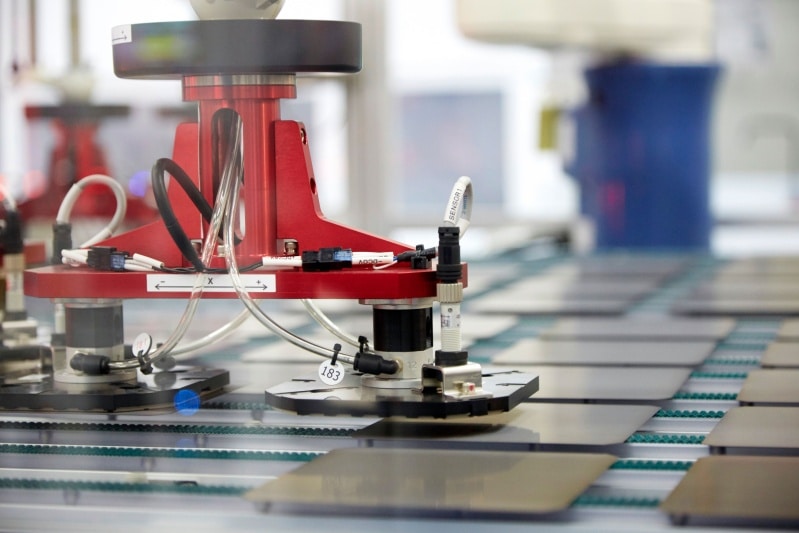The three module makers being sued by Hanwha Q Cells to keep them out of the U.S. market on the basis of alleged patent infringement have responded over the past 24 hours.
And if JinkoSolar, LONGi and REC Group* don’t have too much to say about the matter, it is because they say that they’ve heard about this matter from the media, with REC and LONGi stating that they have not received any legal correspondence regarding the suit, and REC saying that as a result of this it is unable to examine the alleged claims.
REC further claims that as of March 6, Hanwha Q Cells had not yet paid the court fees to file the suit in Germany, so the court action in the city of Dusseldorf hasn’t even begun.
All three companies have stated that they are ready to duke this out in court, and that this won’t affect their day-to-day operations.
ALD vs. PECVD
As of the morning of March 7 there was publicly available information on this case. A March 5 filing in the U.S. District Court in Delaware centers on Hanwha’s ‘215 patent, which describes a solar cell with two dielectric layers, the first being aluminum oxide and the second containing hydrogen.
LONGi appeared to question the legal validity of Hanwha Q Cells’ patent in this case, arguing that several universities and research institutes also hold legal rights.
…the patent family used by Hanwha QCELLS’ in the complaint is acquired through multiple transfers and transactions from other research institutes; and act as a co-owner to the patents. Currently, several opposition procedures against the patents have been filed at least in Europe, and there is considerable uncertainty with regards to the validity of the patent rights.
And unlike the other two manufacturers, LONGi provided technical details of its argument as to why the claim that it infringed on Hanwha’s patents is bogus, noting that it uses Plasma Enhanced Chemical Vapor Deposition (PECVD), not Atomic Layer Deposition (ALD) tools for depositing passivation layers.
…the current technology used in LONGi’s products is not the same as the technology contained in the disputed patents: the disputed patents are about ALD technology while LONGi uses PECVD technology.
Fights over PERC
pv magazine was not able to determine by press time how Hanwha Q Cells’ patents differ from standard Passivated Emitter and Rear Cell (PERC) technology. Hanwha Q Cells has repeatedly affirmed that its Q.ANTUM technology is different than standard PERC, but has also stated that Q.ANTUM is a form of PERC.
This is not the first major suit over PERC. Former solar manufacturer SolarWorld claimed that Chinese companies had stolen its PERC technology; and this was supported by an grand jury indictment of five agents of the People’s Liberation Army, which claimed that these agents turned stolen information from SolarWorld and other U.S. companies to Chinese state-owned enterprises.
*Editor’s note: REC Group is a solar manufacturer with operations in Singapore and is a separate company from REC Solar, the commercial and industrial solar development company based in California.
This content is protected by copyright and may not be reused. If you want to cooperate with us and would like to reuse some of our content, please contact: editors@pv-magazine.com.









By submitting this form you agree to pv magazine using your data for the purposes of publishing your comment.
Your personal data will only be disclosed or otherwise transmitted to third parties for the purposes of spam filtering or if this is necessary for technical maintenance of the website. Any other transfer to third parties will not take place unless this is justified on the basis of applicable data protection regulations or if pv magazine is legally obliged to do so.
You may revoke this consent at any time with effect for the future, in which case your personal data will be deleted immediately. Otherwise, your data will be deleted if pv magazine has processed your request or the purpose of data storage is fulfilled.
Further information on data privacy can be found in our Data Protection Policy.